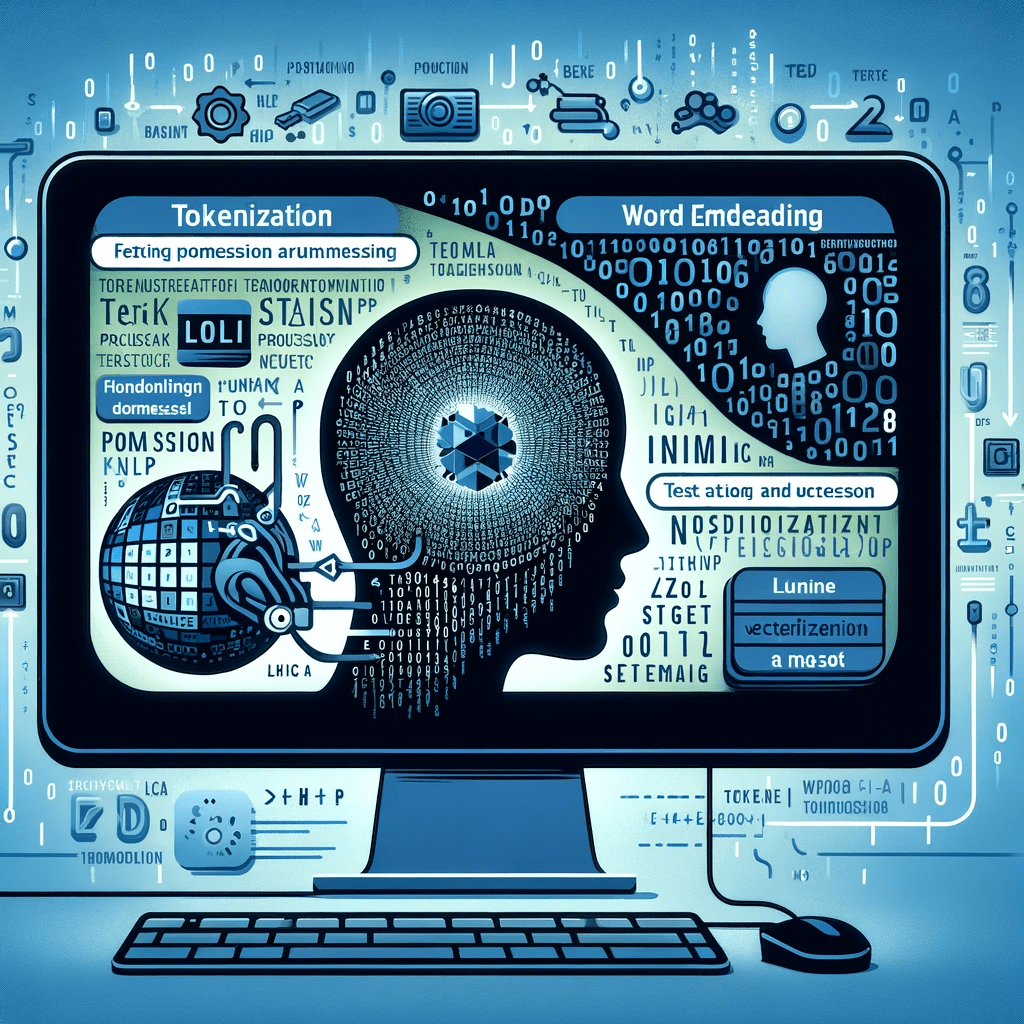Introduction
Generative Adversarial Networks, or GANs, have revolutionized the field of machine learning, especially in tasks related to image generation, style transfer, and more. Developed by Ian Goodfellow and his colleagues in 2014, GANs have emerged as a powerful tool for generating realistic images, deepfakes, and artistic creations. In this blog post, we’ll delve into the intriguing process of how GANs are trained.
The Basics of GANs
A GAN consists of two neural networks: the Generator and the Discriminator. These two networks are trained simultaneously through a dynamic process of competition, resembling a game between a counterfeiter (Generator) and a police officer (Discriminator).
- Generator: Its job is to create images (or other data types) that are indistinguishable from real examples.
- Discriminator: This network’s task is to distinguish between real images from the training set and fake images produced by the Generator.
The Training Process
- Initial Setup: We begin by feeding the Generator random noise. This noise acts as a seed from which the Generator starts creating images.
- Generating Images: The Generator uses this random noise to produce images that it tries to pass off as real.
- Discriminator’s Evaluation: These generated images, along with a batch of real images, are then passed to the Discriminator. The Discriminator evaluates each image and tries to determine whether it’s real or fake.
- Feedback and Adjustment: The Discriminator’s predictions are used as feedback for both networks. The Generator learns to produce more convincing images, while the Discriminator gets better at distinguishing real from fake.
- Backpropagation and Learning: Through backpropagation, both networks update their weights and biases to improve their performance. The Generator aims to maximize the probability of the Discriminator making a mistake, while the Discriminator aims to minimize this probability.
- Iterative Process: This process is iterative and continues until the Generator becomes adept at creating images that the Discriminator can’t reliably distinguish from real images.
Challenges in Training GANs
- Mode Collapse: Sometimes, the Generator might discover a particular pattern that always fools the Discriminator. In such cases, the Generator starts producing only images with this pattern, leading to a lack of diversity.
- Non-Convergence: GANs can be difficult to train due to issues like oscillation and unstable training dynamics where the networks do not converge to an equilibrium.
- Hyperparameter Tuning: Choosing the right architecture and hyperparameters for both networks is crucial and often requires a lot of experimentation.
Conclusion
The training of GANs is a fascinating process involving a delicate balance between two competing networks. Despite their challenges, GANs have opened up new possibilities in creative and generative AI, leading to innovations in art, design, and even technology. As we continue to refine these models, their potential applications seem almost limitless.
Further Reading
For those interested in diving deeper, I recommend exploring:
- Ian Goodfellow’s original paper on GANs.
- Case studies on different GAN architectures like StyleGAN.
- Tutorials on implementing GANs using frameworks like TensorFlow and PyTorch.
Remember, GANs are a cutting-edge tool with great power and potential, and with great power comes great responsibility!

